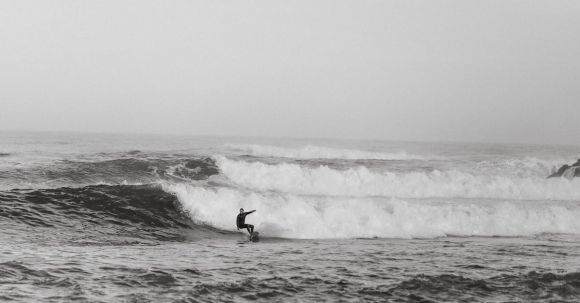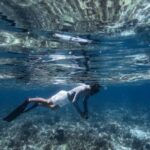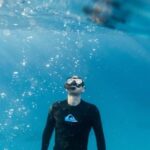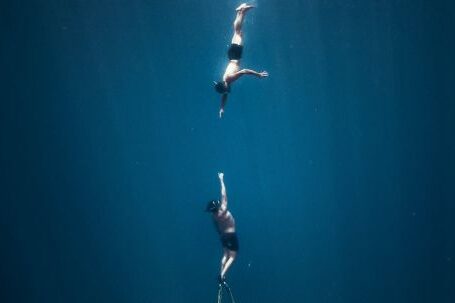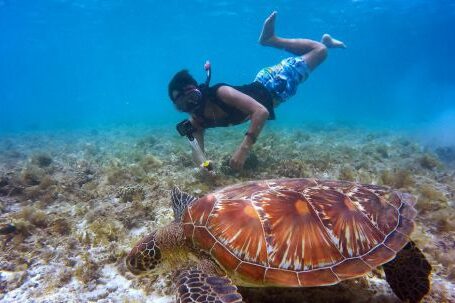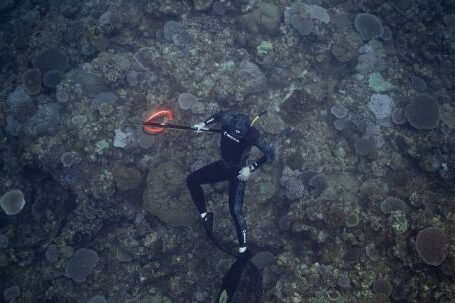Exploring the underwater world through photography is an exhilarating experience. The vibrant colors, unique marine life, and breathtaking landscapes make for stunning images. However, capturing the beauty beneath the surface requires careful planning and technique. In this article, we will share some valuable tips to help you improve your underwater photography skills.
1. Choose the Right Equipment
Before diving into underwater photography, it is essential to invest in the right equipment. A waterproof camera or a camera with an underwater housing is necessary to protect your gear from water damage. Additionally, consider using a wide-angle lens to capture the vastness of the underwater landscape and a macro lens for close-up shots of intricate marine life.
2. Understand Lighting
Lighting plays a crucial role in underwater photography. The further you descend, the less natural light is available. To compensate for this, learn to use artificial lighting effectively. Strobe lights or external flashes can help illuminate your subject and bring out its vibrant colors. Experiment with different angles and distances to achieve the desired lighting effect.
3. Master Buoyancy Control
Achieving proper buoyancy control is essential for capturing steady and sharp images underwater. Practice maintaining neutral buoyancy to avoid disturbing the marine life or stirring up sand particles that can ruin your shots. This will also help you navigate through the water effortlessly, ensuring you capture your subject from the best angles.
4. Get Close and Stay Low
When photographing underwater, it’s crucial to get as close to your subject as possible. Water is denser than air, and it absorbs colors and details, making subjects appear farther away than they actually are. Getting close will allow you to capture the intricate details and vibrant colors that make underwater photography so captivating. Additionally, staying low helps you capture the subject from eye level, providing a more intimate and engaging perspective.
5. Patience and Observation
Underwater photography requires patience and observation. Take the time to observe the behavior of marine life and understand their movements. This will enable you to anticipate their actions and capture those decisive moments. Patience is also vital when waiting for the perfect lighting or composition. Don’t rush the process; take your time to create the perfect shot.
6. Experiment with Composition
Composition is a key element in any form of photography, including underwater photography. Play with different angles, perspectives, and framing to create visually stunning images. Experiment with the rule of thirds, leading lines, and negative space to add depth and visual interest to your photographs. Don’t be afraid to break the rules and try new creative approaches to capture unique and captivating images.
7. Post-Processing is Essential
Post-processing is an integral part of underwater photography. While capturing the image is essential, enhancing it through post-processing can take it to the next level. Adjusting colors, contrast, and sharpness can help bring out the details and make your images pop. However, remember to maintain the authenticity of the scene and avoid excessive editing that may distort the natural beauty of the underwater world.
In conclusion, underwater photography is a challenging yet rewarding pursuit. By following these tips, you can enhance your skills and capture breathtaking images that showcase the mesmerizing world beneath the surface. Remember to invest in the right equipment, understand lighting, master buoyancy control, get close to your subject, be patient and observant, experiment with composition, and utilize post-processing to enhance your images. Dive in, explore, and let your creativity flow as you embark on this exciting underwater photography journey.
